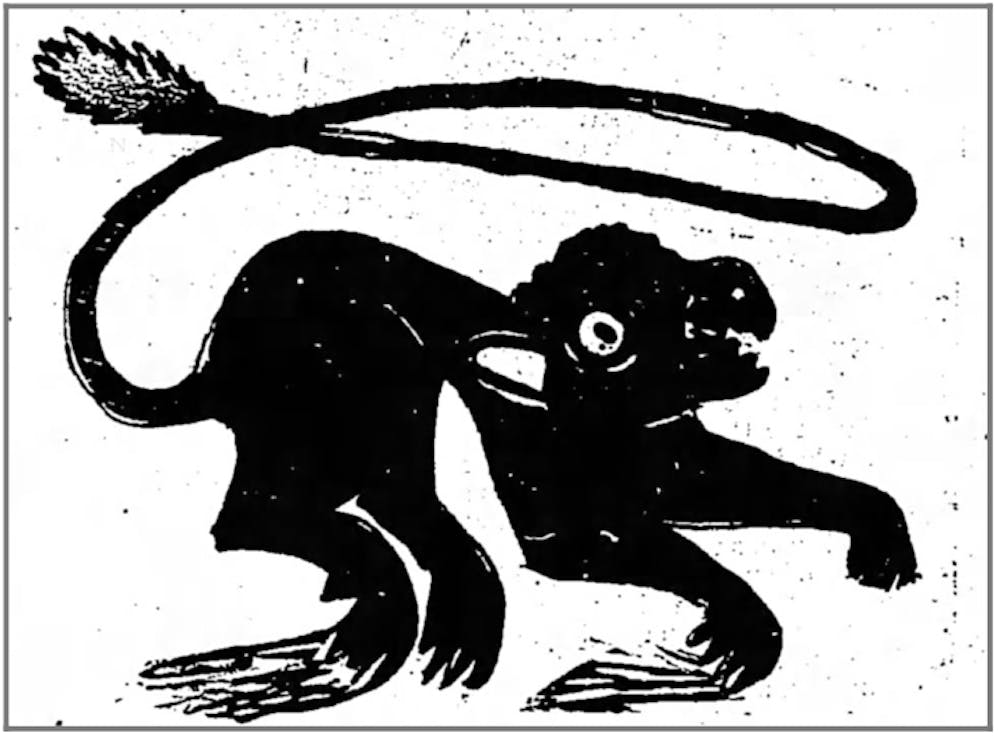1931 was not an ideal time to be living in rural North Carolina. Not only was the Great Depression in full swing, but for the people of Western North Carolina, a great beast was wreaking havoc.
Residents complained of a foul creature terrorizing their livestock, and giving off gut-wrenching shrieks. This beast would come to be known by the local press as the "wampus.”
Now, you may be wondering to yourself: What the hell is a wampus? According to Merriam-Webster, a wampus is, “a strange, objectionable or monstrous person or thing.” But for our purposes, a wampus is a large beast, usually described as being cat-like and horrifically destructive.
The first mention of the mountain wampus comes from The Citizen-Times, Asheville, in the spring of 1931. According to the paper’s March 27, 1931 issue, citizens from the village of Conover (near Hickory) had formed a posse to catch a “phantom creature," which had allegedly killed three local dogs.
Shortly thereafter, what was now being called a “wampus” had struck again — a local farmer complained that the creature had killed one of his hogs. Another local alleged that the creature was not a wampus, but the “Iredell Santer.”
The Iredell Santer had first been described in 1890 as a terrifying creature that ate several local farm animals. Some speculated that it was a cougar, but the townspeople came to the conclusion that it was the Santer, a similar beast.
After dismissing the wampus as a hoax for months, area police chief Tom Kerr was awoken one night by cries that the beast was terrorizing a local resident’s chickens. A few days earlier, local resident Walter Cutting placed a $5 bounty on the wampus’ head, and Officer Charlie Rumple, by God, was going to collect it. Rumple, however, feared the creature, with the Landmark reporting:
“The more he thought of Mr. Walter Cutting’s $5 the more he wanted to arrest the wampus alive, but the more he thought of arresting the wampus the less he thought of five dollars.”
As it turned out, however, the wampus was not the one ravaging the chickens. Instead, Officer Kerr discovered a “big ‘possum.”




